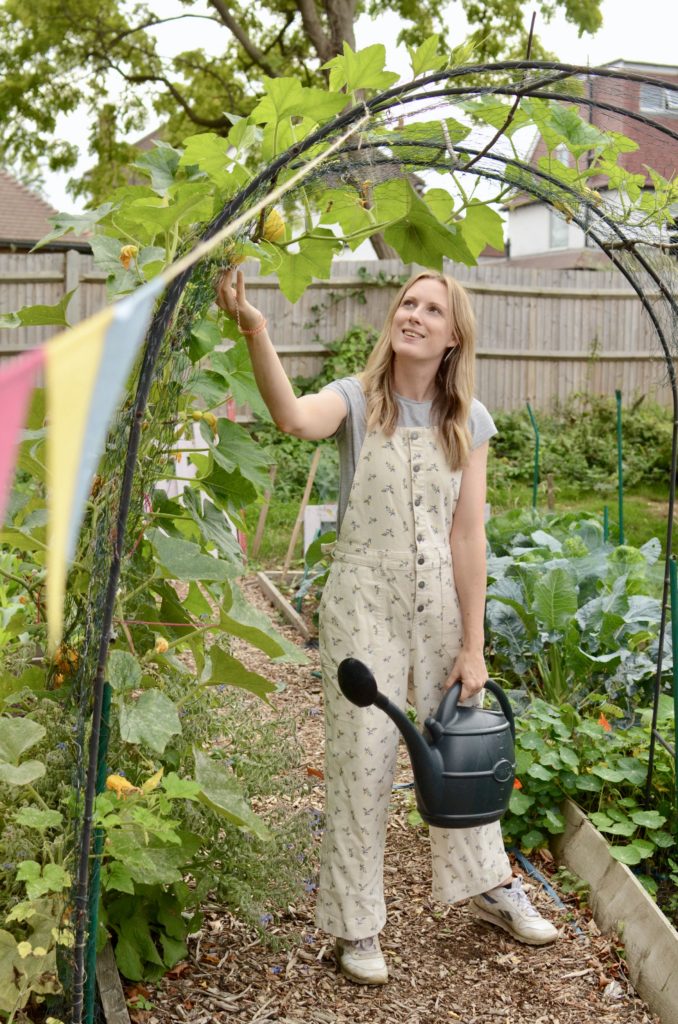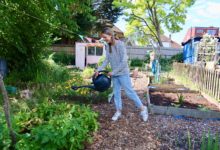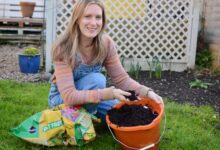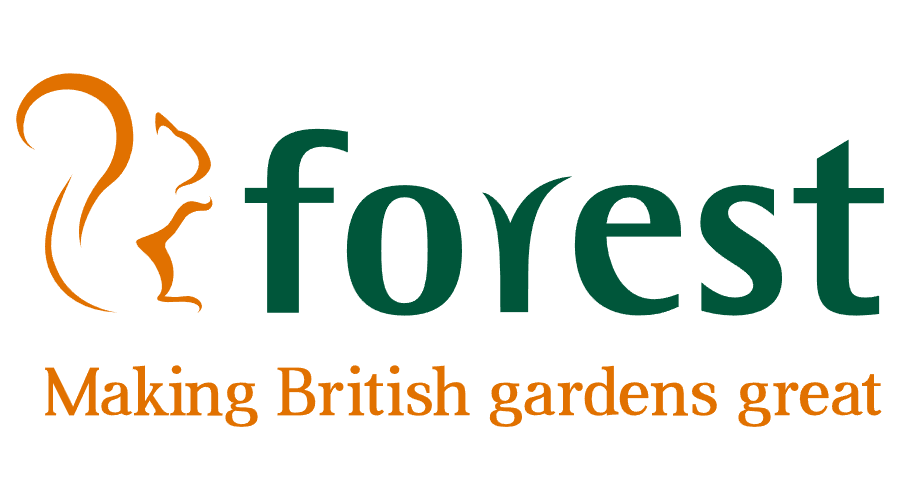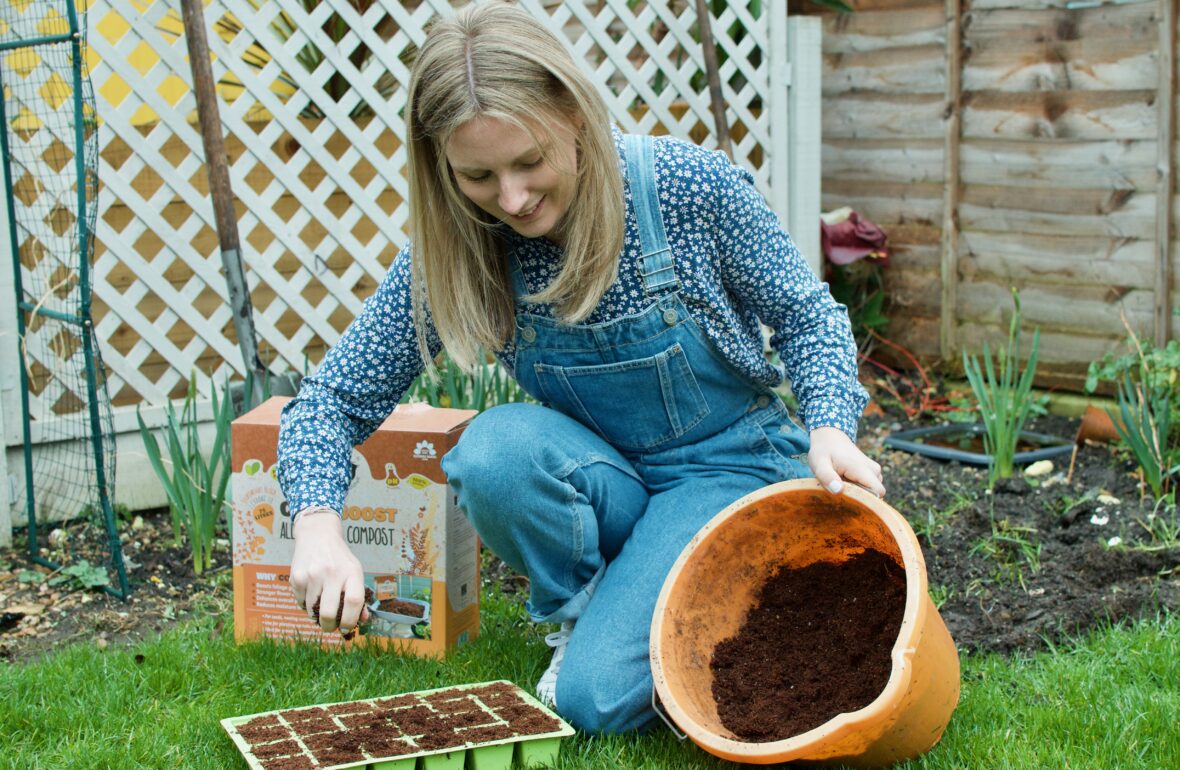
If you tried out container vegetable gardening last year, like I did, you might be thinking about preparing your pots for new crops now. It’s a great time to do this, right before the growing season takes off at the end of March.
Container vegetable garden is a great space saving way of growing your own food even if you don’t have your own garden. However, vegetables are hungry plants and require a lot of nutrients in order to grow well.
It can be expensive to fill your containers with compost when you are getting started and you might be wondering whether you need to throw it all away and buy more? Well luckily, the answer is no, you don’t. But you do need to start preparing your pot for new crops now.
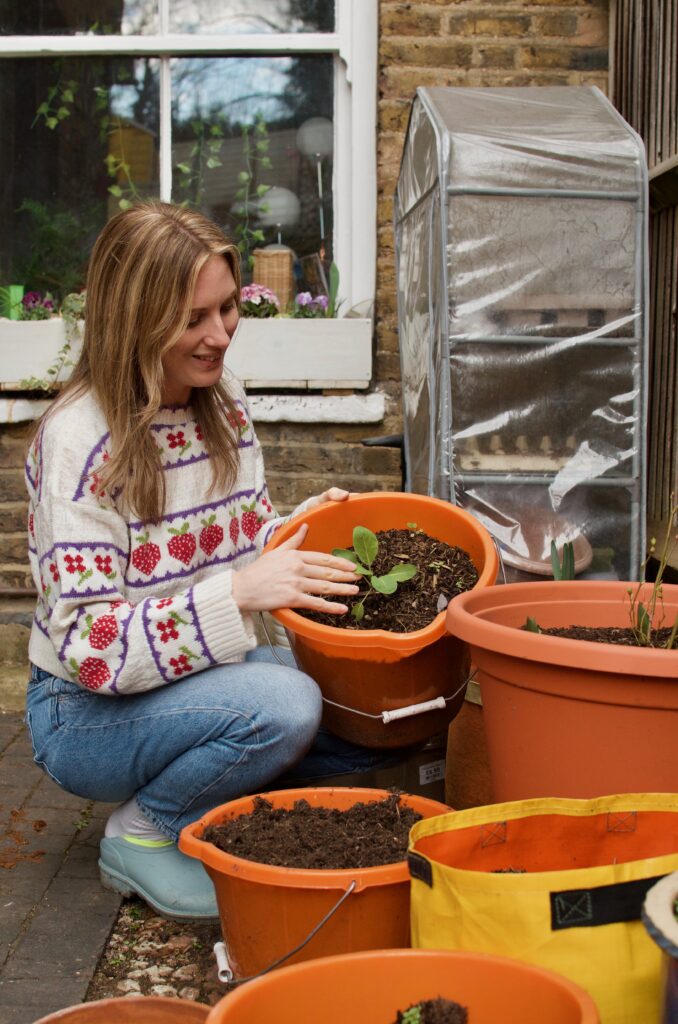
How to prepare your pots for new crops
Firstly, you need to take a lot at the quality of your soil that already resides in the pot. Is there weeds growing? Or mushrooms? Or maybe moss? These things will tell you exactly what you need to know about the quality of your soil already in the pot.
Weeds
Weeds are a good sign that your soil is still filled with a good amount of nutrients. Weeds can appear in pots as the seeds get blown about in the wind. Remove them, including the root system and consider mulching this year with some shells or stones to discourage them from getting in your pot again!

Mushrooms
If you buy shop bought multi purpose compost, you might find some mushrooms have popped up in your pot of the winter months. This can sometimes mean that the soil has become too dry or your pot has received poor light over the winter months.
Moss
Moss growing on the soil of your pots is a sign of poor drainage and compacted soil, both very typical of a container that has been well used! You may need to add some small rocks, shells and larger rocks to the bottom of your pot to improve the drainage for next year.
Once these initial problems have been resolved you can start preparing your pots for new crops.
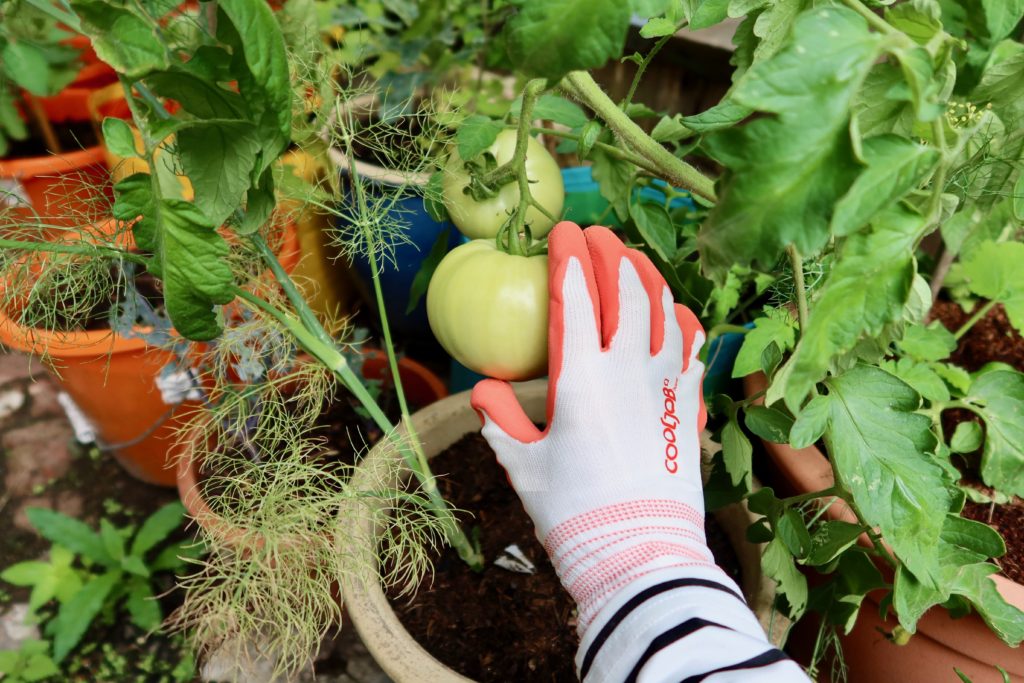
Mulch
You don’t need to replace all the compost in our pot. You can simply add a nice thick layer of organic material over the top, a process we call mulching. The level of compost in pots gets lower after old vegetable plants have been harvested, so it’s a great way of easily replenishing the soil nutrients. Try some multipurpose compost, shredded paper, manure or even just garden top soil (though be prepared to remove weeds if using soil directly from garden borders!)
Feed
Feeding your compost is also a great was of preparing pots for new crops. Use a liquid feed high in nutrients, such as a liquid seaweed or tomato feed. You can also buy fertiliser in the form of pellets which will slowly release nutrients into your pots compost as the rain water reacts with them.
Adding some rich manure or new compost to the pot will also help to feed it.

Raise your pots
If your pots have been sitting on a patio over the winter months it’s possible they have now become mini hotels for slugs and snails. Check underneath and under the rims and remove these hungry critters before you plant anything out! Also, try to raise your pots from the floor using bricks or even specifically bought pot raisers. This will ensure good drainage!
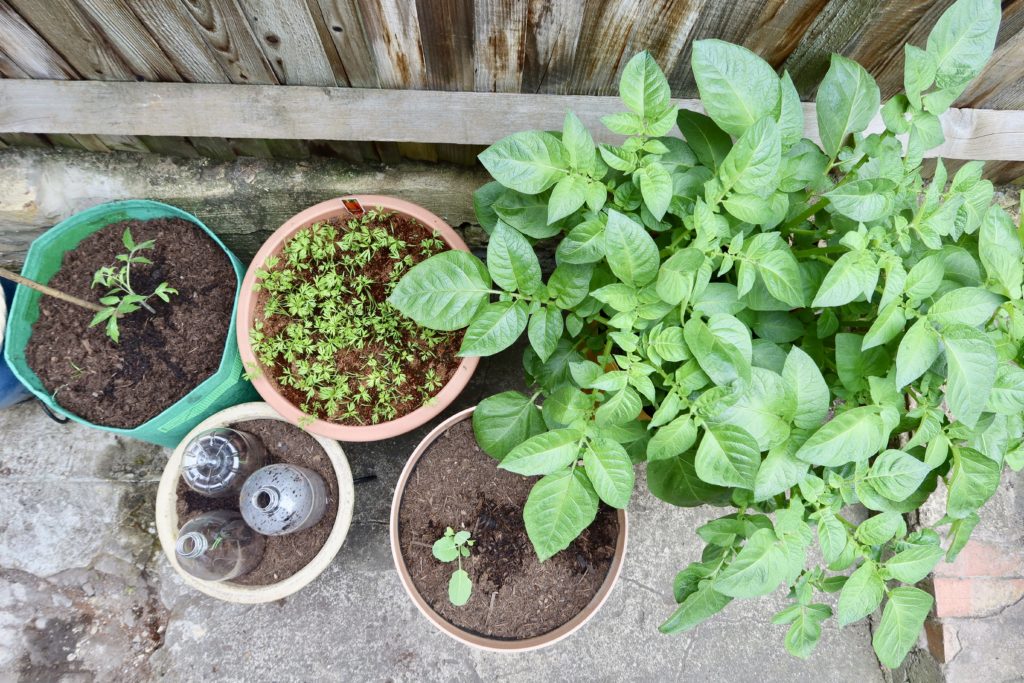
Sow some seeds
Another great way of checking your pots are healthy and ensuring they are fed some nutrients until the summer months is to grow something green in them. Sprinkle over some fast growing seeds such as rocket, lettuce or even some early peas! It’s always great to have something growing than nothing at all. We call this green manure. Plants will continue to feed and replenish your soil, ensuring it stays healthy until it’s time to put out your more vulnerable, summer loving crops!


